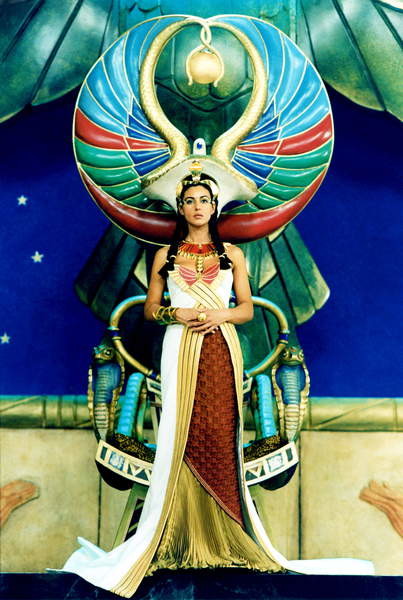

In both school and public libraries, they’re among the most borrowed books, and libraries have to have multiple copies. But it’s a subjective thing.Īnd both of them continue to go strong.


Goscinny and Uderzo are not quite in the same league, it seems to me. Herge was a great popular artist in the same way that Agatha Christie, Alfred Hitchcock and the Gershwins were a man of true genius, even if it’s in a so-called ‘minor’ art. And the artistry in Tintin is so gorgeous–and the development so amazing–I’ve got fascimiles of the earliest one, Tintin in the Land of the Soviets, and the artwork in that is really rather primitive, you might say–that it is a real pleasure just to trace them through, right up to Alph-art, the unfinished work which would no doubt have been stupendous if Herge had lived long enough to complete it.
ASTERIX AND CLEOPATRA ANIMATION STYLE SERIES
I thoroughly enjoy Asterix–its charm added to for me because I am very interested in both Celtic and Roman history, and love the send-up of both the series does so well–but because it is so much more a parody than Tintin is, it doesn’t engage your heart quite as much. Who’s the best, Tintin or Asterix? For me, it would have to be Tintin. Both have been extraordinarily well translated (I can vouch for that, being perfectly bilingual), with even the jokes and word-play done with the exact touch.

From the gorgeous range of insults that Captain Haddock indulges in to the crazy Roman jokes of the Asterix books, they depend on a a fairly agile intellect–and would need a good scriptwriter to get in just right. Perhaps the fact they don’t translate so well to screen, unlike, say, the Marvel comics like Spiderman, X-Men, Batman, etc, is that though the storylines are every bit as fun, entertaining, twist-a-minute and hokey as the American comics, a great deal of the appeal of both Tintin and Asterix lies in their marvellous, inventive use of language. And both seem so far to elude transfer to the screen–the only screened Tintin has been an animated series which compared to Herge’s beautiful work is an abomination in style(and indeed Herge never gave permission for these) and as to Asterix, there have also been animations which have worked because the original creators actually did them, and a live-action movie,(starring the ubiquitous Gerard Depardieu as Obelix) of which less said, the better. The fact that Herge began his comic strip in the late 1920’s and Goscinny/Uderzo in the 60’s, of course influences tone, but both are timeless in their different ways. They are very different, in genre–one loosely follows ‘detective’ conventions, the other ‘light fantasy’ conventions–and different in tone, and yet they share some points of similarity, especially a love of punning, of silly names that are in-jokes, and of sly wit, as well as social and political comment. I read both Tintin and Asterix as a child, in both French and English(we had some adventures in double editions, others in either French or English)and I’ve never stopped loving them both. Like fellow Belgian, the fabulous singer/songwriter Jacques Brel, Herge(Tintin) and Goscinny–text– and Uderzo–pictures(Asterix) seem to come straight out of classic French culture–and have indeed been claimed as such by French people–but their appeal stretches far, far beyond the realms of parlez-vous francais. Scott’s post on Tintin inspired me to get a move on with a post I’ve been meaning to do for a little while–on the contrasting joys of the two great Belgian comic-strip adventures, the Tintin books and the Asterix books.


 0 kommentar(er)
0 kommentar(er)
